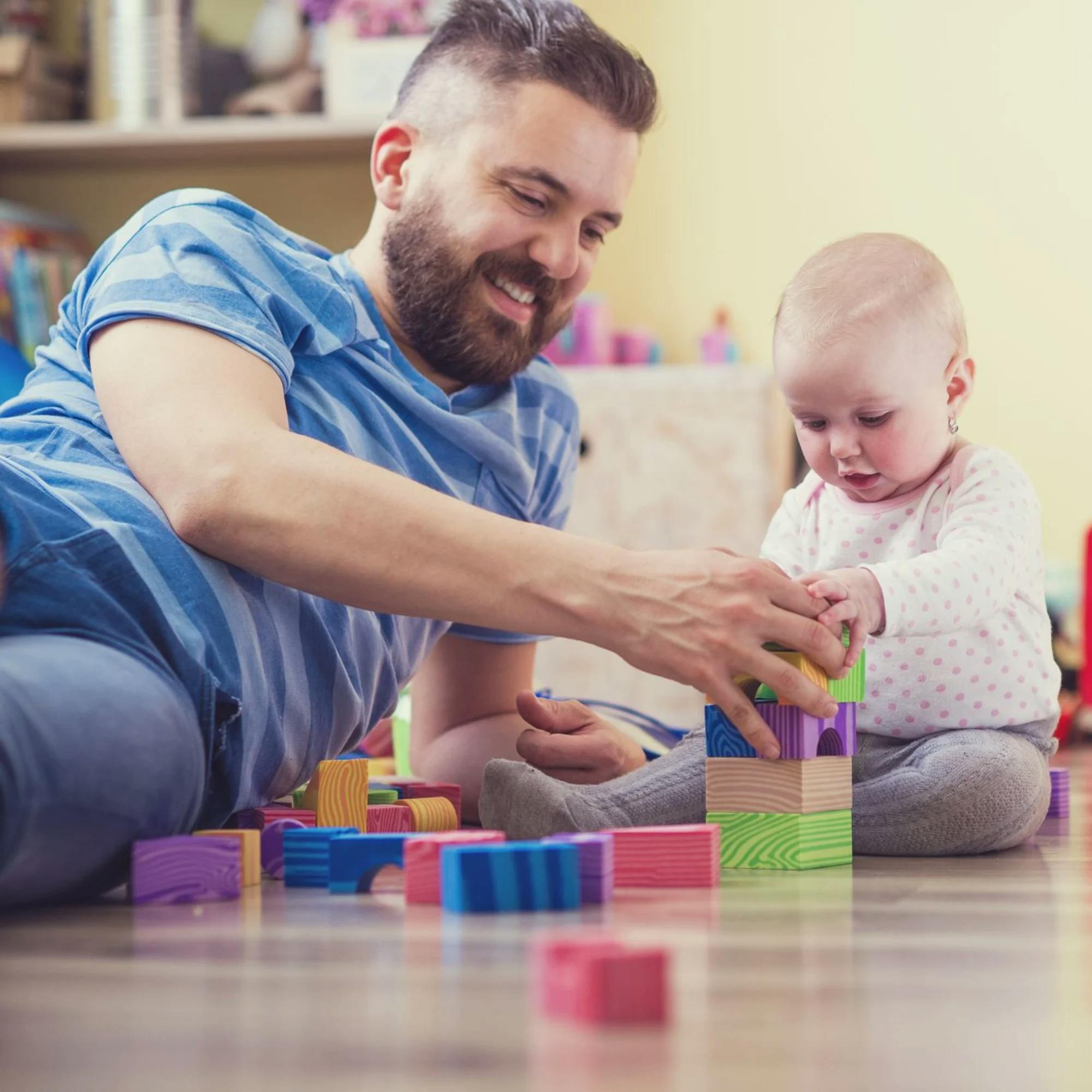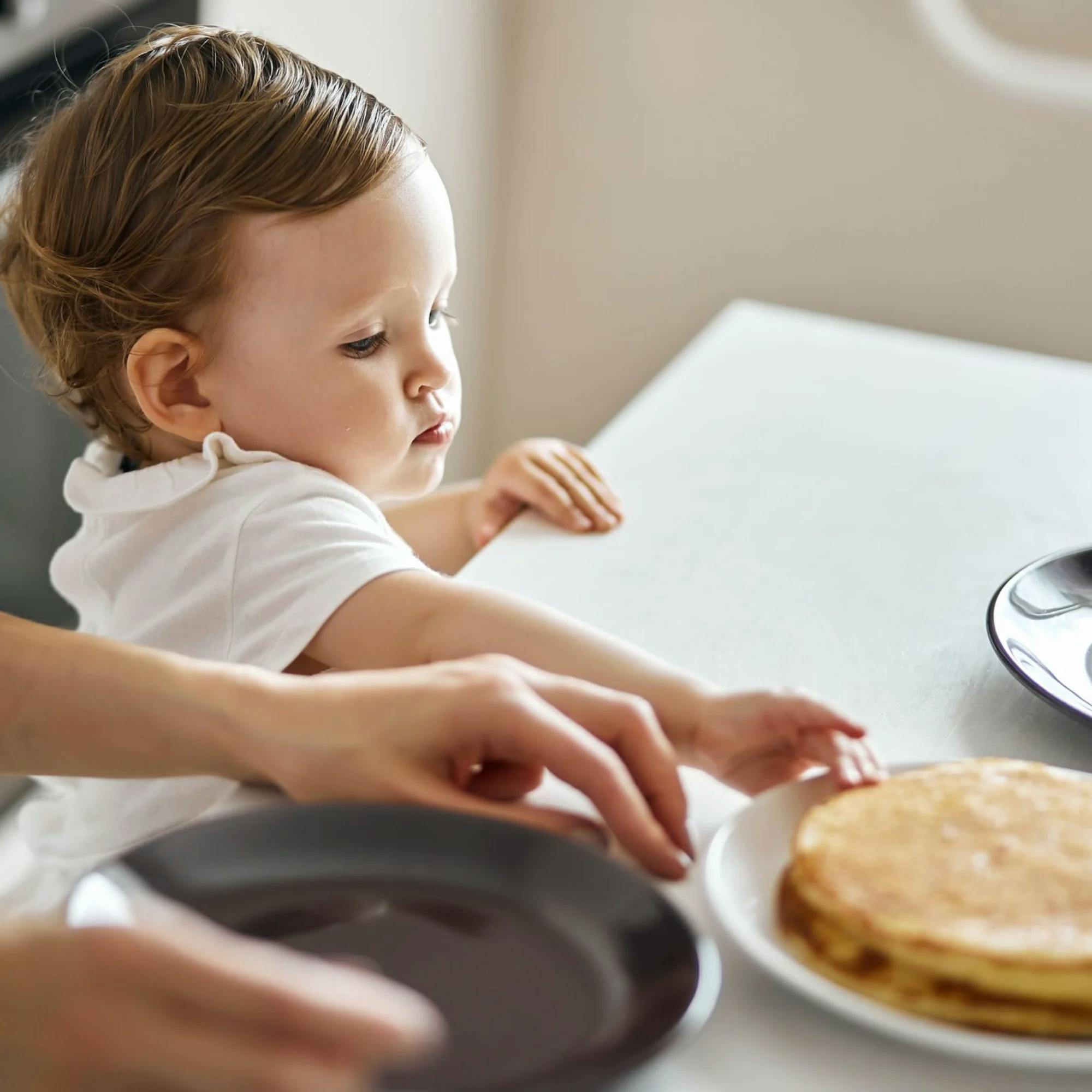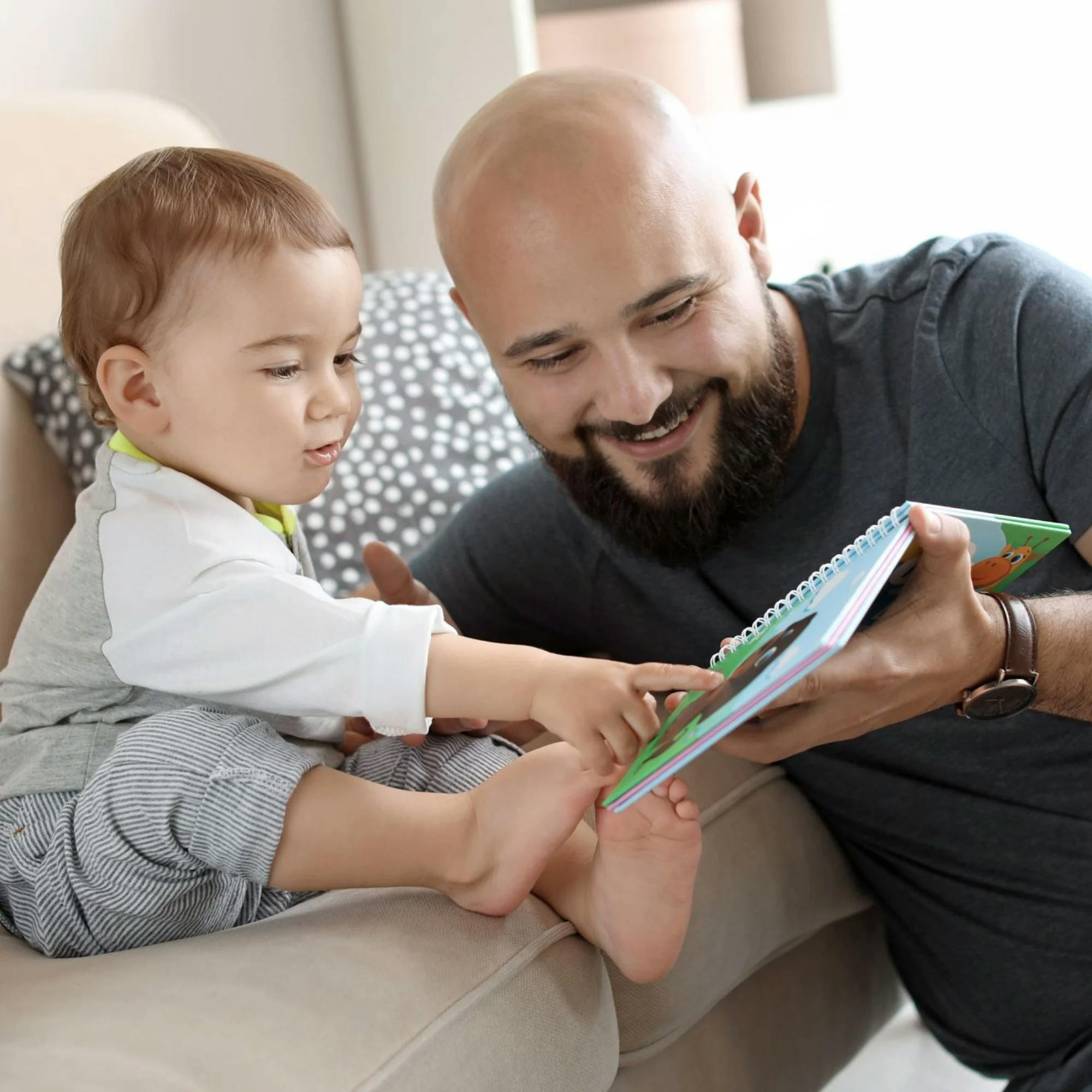
5 Easy Ways to Improve Your Child’s Speech and Language Development
 Abby Barnes, M.S., CCC-SLP
Abby Barnes, M.S., CCC-SLP
If I could tell parents just one thing as a speech-language pathologist, I would stress how important everyday moments are. Whether you’re dressing your child in the morning, driving together in the car, helping them with homework, or just hanging out at home, these little moments can have a big impact on your child’s speech and language development. And you don’t need any special training or expertise to take advantage of them! Here, a few of my fellow speech therapists and I offer five simple things you can do during your daily routine to help your child grow their communication skills. When it comes to speech and language, the world is your child’s classroom.


1. Curl up together with a book.
You may already know how important reading with your child is, but it can’t be overstated. One study showed that children who are read one book a day from birth to kindergarten, compared to those who aren’t, will hear a total of 1.4 million more words! Reading helps your child expand their vocabulary and understand how sentences are structured. They also learn how to follow themes and understand the emotions of characters in their books. Plus, they’re getting interactive bonding time with you.
As soon as a screen is in front of a child, they typically focus all their attention on that screen. However, reading a book with you is a completely interactive activity!
Expressable speech-language pathologist Alison Hiester, M.S. CCC-SLP, points out other ways that reading benefits communication development: “I love to remind families that spending time with ‘real’ books is much more engaging and meaningful than watching a YouTube story or early learning app with their children. As soon as a screen is in front of a child, they typically focus all their attention on that screen. However, reading real books together is a completely interactive activity! Think about it: There are plenty of opportunities for eye contact. The adult can make silly faces and voices to go with the characters. You can take turns turning the pages and naming and finding pictures. You can go back in the story to look at a favorite scene–and of course, you can cuddle while doing all of this! "Reading a story together can be a reset for both adult and child, giving them a chance to be ‘in the moment’ together on even the busiest of days.”
Choose a time of day for reading that won’t be too hurried, when your child will be ready to sit and focus. For many, this may be right before bed, and you can make it part of the bedtime routine. I know that after a long day, sitting down to read a children’s book may not be top on your list. But I promise–it’s worth it! The book can be a short and simple one that takes just a few minutes to finish. Those minutes add up over time, and before long, your child will have been exposed to thousands of new words and language experiences.

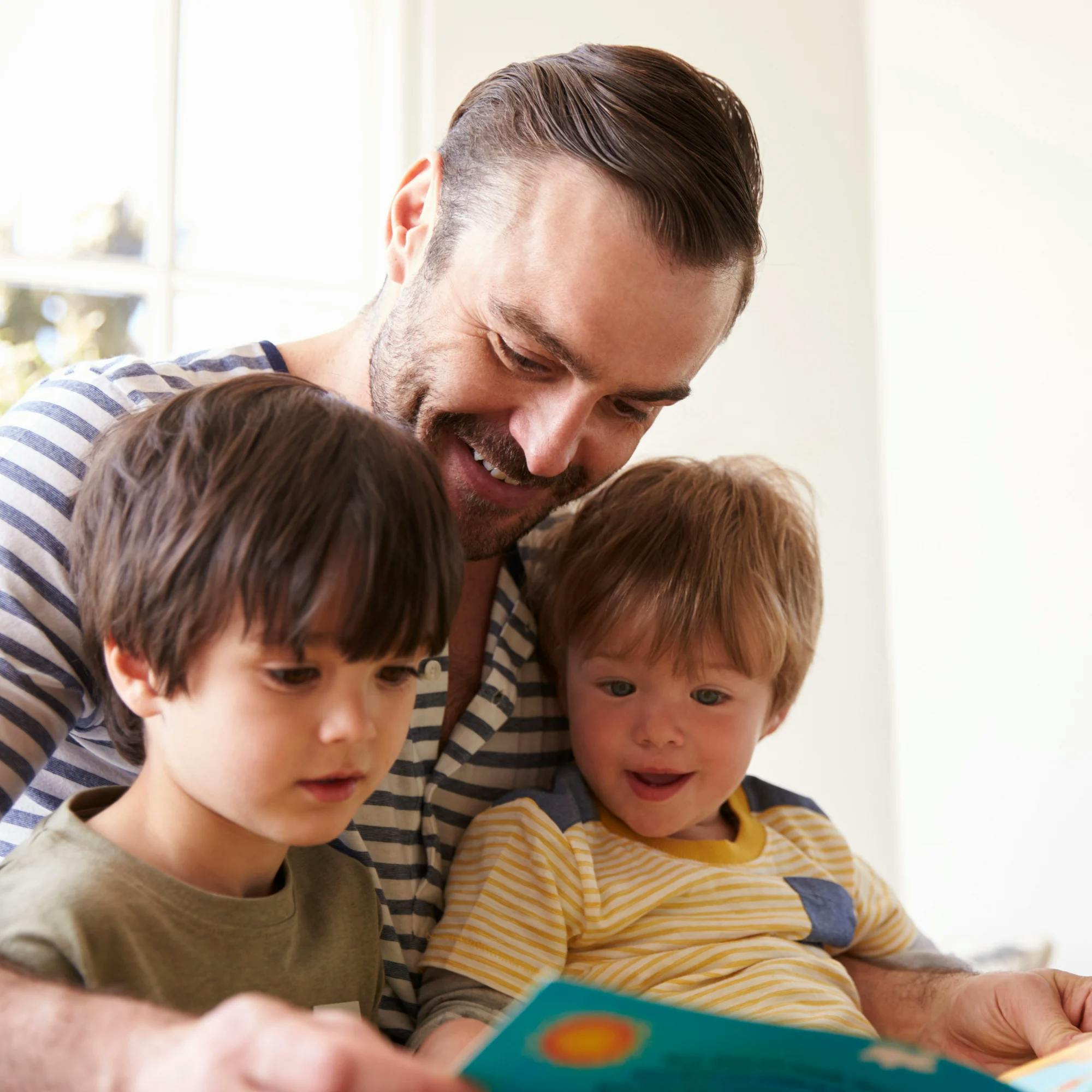
2. Practice expanding your child’s phrases and modeling good grammar.
No matter your child’s age, they can always be learning and growing in their ability to string words together to make phrases and sentences.
For toddlers just learning to talk, focus on helping them learn to say two-word phrases. It’s easiest to do this with an activity that’s highly motivating–say, snack time. If your child reaches out and says, “Cookie!”, model, “More cookie!” and have them repeat after you. This is a type of communication temptation, in which you encourage your child to communicate by offering them something they want, without rushing to give it to them.
For kids already using phrases or short sentences, focus not only on expanding those sentences but on using the right grammar. Here’s an example: Right now, my 3-year-old is still learning how to format his questions. He’s getting close, but he sometimes gets a little mixed up! He may say “Where daddy is?” instead of “Where is daddy?” This is a great opportunity to model the correct sentence structure for your child to repeat.
If you notice your child using an incorrect verb, such as “I goed to the park,” or an incorrect pronoun, such as “Me love ice cream,” be sure to take a moment or two to show them how to say it correctly.


3. Jump into your child’s world and play with them.
Good news: Playtime is a big part of language development! Spending time playing with your child is a great way to improve their communication skills. Andrea Lund, M.S. CCC-SLP, an Expressable speech-language pathologist, puts it best: “When we play with children, we jump into their world and discover what they’re interested in doing. Kids soak up others’ words and movements during playtime, and they experience communication as a joyful, natural connection.”
Children learn best through play. It exposes them to a variety of vocabulary words, social skills, and concepts like turn-taking. Plus, if you’re playing with them, they’re enjoying time spent with one of their favorite people!
It’s easy to think of things to talk about while you play. Say your child loves pretending with their toy action figures, or cooking in a toy kitchen, or playing house. There are so many imaginative scenarios you can explore with your child. The ability to pretend and act out situations in a “What if?” context allows children to get creative in their verbalizations, which helps them grow their communication skills.
It’s easy to think of things to talk about with your child while you play.
Playing with a caregiver helps give children the confidence to interact with other kids, too. They get to practice the natural give-and-take in play routines with you, so by the time they see a child at the park or at school they want to play with, they’ll generally know how to interact. Learning how to appropriately interact with others out in the world is a big step in speech and language skills.
4. Discuss the sounds you hear in words.
This is a simple practice task, but it’s highly beneficial for your child’s speech, language, and even literacy skills!
Take a moment here and there to discuss the sounds that make up words. For example, if you’re playing outside and your child finds a rock, talk about all the sounds that make up the word: r-o-k. Don’t focus on the spelling of the word; focus on the sounds of the word: er, ah, ck.
Understanding the sounds within words is called “phonological awareness.” This improves your child’s ability to understand how words are made up. Phonological awareness is also important for when your child begins to read. Learning early letter-sound association helps children improve their early reading skills and contributes to their academic success.
Understanding the sounds within words is important for when your child begins to read.
Speech therapist Alison Hiester offers these tips for improving phonological awareness with your young school-age child: “In addition to pointing out sounds in words when helping with homework or reading together, I love to give this tip to families: When your child asks you how to spell a word, instead of just spelling it for them, give them hints. Try ‘the first sound is the same as the first sound in the word boy’ or ‘the end of the word rhymes with coat.’ You can even misspell the word on purpose and see if your child catches you! "As your child is learning about letters and corresponding sounds, they’ll become more confident and start to make connections between letters and sound patterns.”

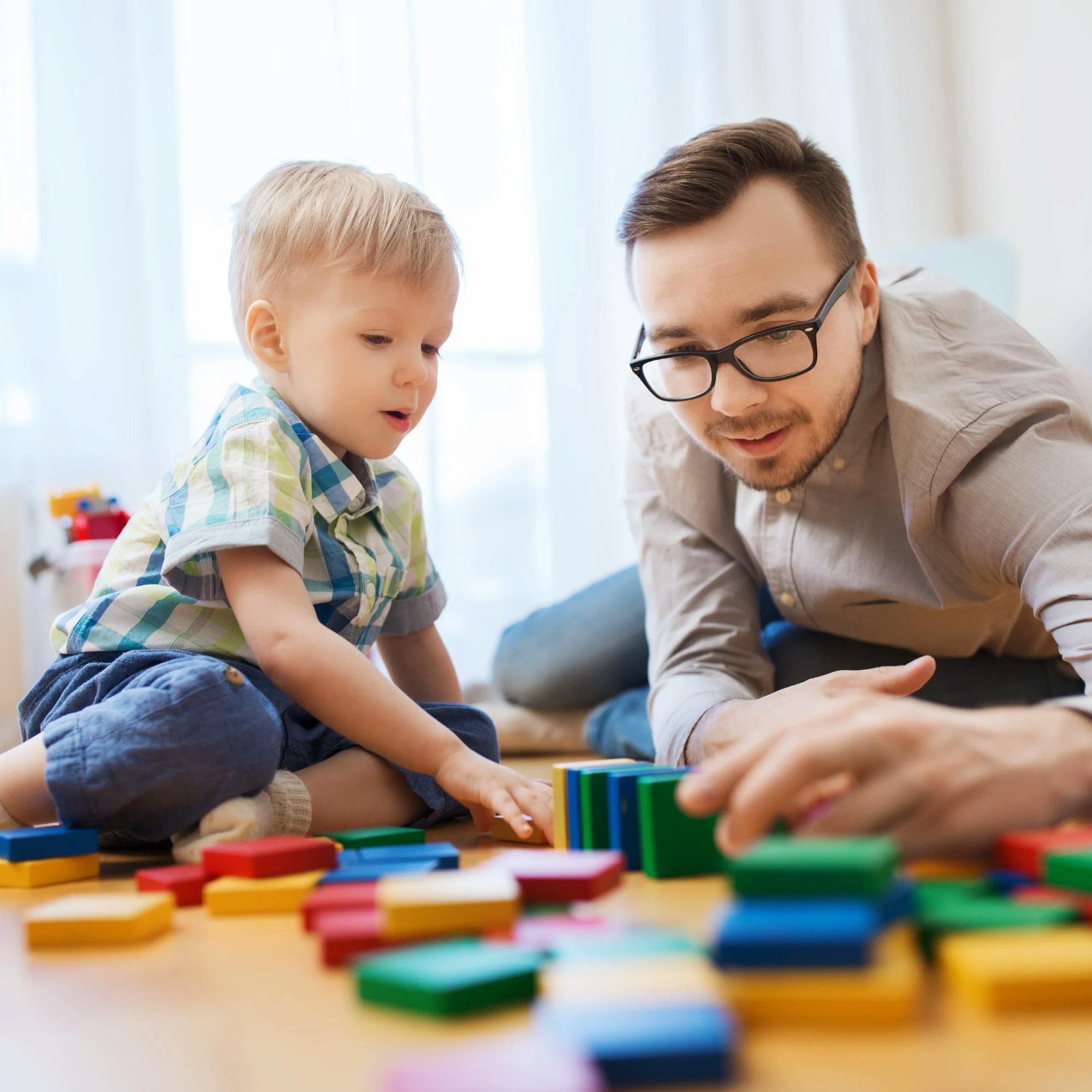
5. Practice conversation with family and friends.
The back-and-forth of communication is part of what it means to be human. Children learn conversation skills with their family at home, and there are a variety of ways to make practicing those skills fun and interesting.
Speech therapist Andrea Lund explains, “We can practice conversation skills in so many ways! It can be especially fun to break away from simply asking and answering questions. We can listen to others tell stories. We can notice what works (or doesn’t work) when discussing characters from TV shows, books, or games. We can even write our own stories or act out scenarios in short movies together!”


Try having your child watch conversations between others and point out what worked or didn’t work in terms of communication. They can also put this into practice on a call with a grandparent, or maybe even getting brave and speaking to the waiter at a restaurant! Whether it’s a full conversation with a relative or just saying “hello” to a new friend at the playground, these little wins should be celebrated.
We hope these simple, practical ideas lead to things you can try today to grow your child’s communication skills. Remember, practice doesn’t have to be anything complicated or planned out–just make the most of the little moments you’re already spending with your child. When it comes to speech and language development, you are your child’s best model!
How Expressable Can Help
Concerned your child isn't reaching age-expected milestones? Looking for communication support from a professional? Expressable is a national online speech therapy practice serving children and adults. We treat all major areas of communication and feeding, offer flexible hours including evenings and weekends, and accept most major health insurance plans. We’re proud to have earned more than 3,000 5-star reviews from our clients (4.9/5 average).
Our therapy model is centered on parent and caregiver involvement. Research proves that empowering caregivers to participate in their loved one’s therapy leads to better outcomes. That’s why we combine live, 1-on-1 speech therapy with personalized education and home practice activities for faster progress.
Communication is more than words. It’s how we share how we feel and show who we are. We’re here to help you or your child do just that.


